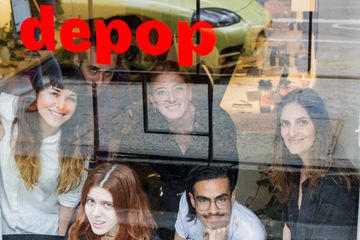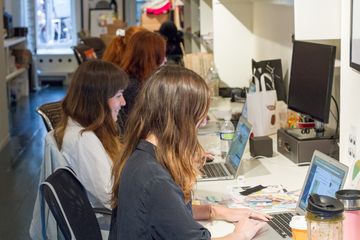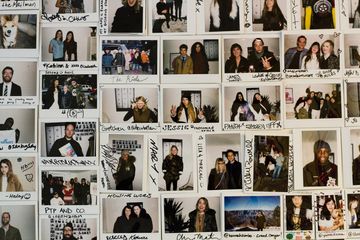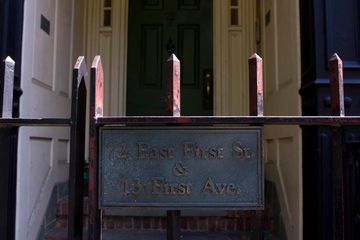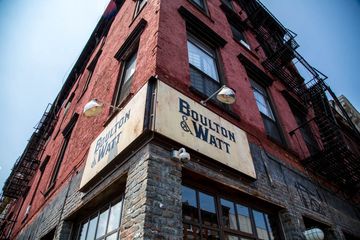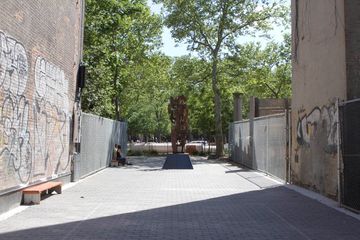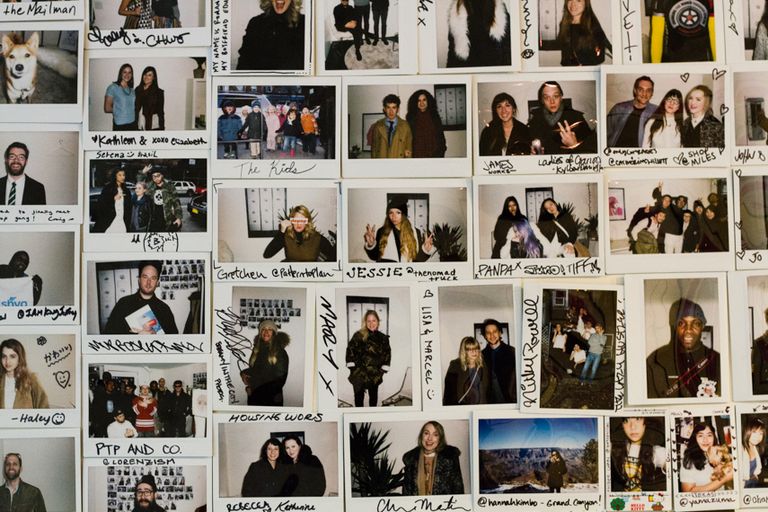
The thumbnail of the Depop app announces, “hello we’re open,” and with their particular business model, they are. A free app, Depop enables sellers to be directly linked to buyers from all over. It aims at being easily accessible by keeping up with trends in technology, as well as creating a network and cyber community of sorts.
To be featured on the app, sellers must follow the Depop photo tips including wearing the actual item, using natural daylight, focusing in on the object for sale, and having a dynamic composition. With an incentive for sellers to take nice photos, the site, set up like Instagram, is aesthetically pleasing - great for both seller and buyer. When clicking on an object of interest, buyers are able to see the name of the product, its description and price, and multiple vantage points when provided. Then the buyer can like, comment, buy, and/or privately message the seller.
Scrolling through the app, shoes, clothing, and accessories seemed to be the most common products, but there was also a fair mix of beauty products, stuffed animals and miscellaneous items. The most interesting item I came across was a vintage deer antler brooch from Scotland.
Depop was founded by Simon Beckerman, in Italy in 2011, with an aim to “build a marketplace to connect friends.” It had to be “mobile, fun, and social.” That was exactly the type of environment the Sideways Team walked into at their 1st Street office. The Depop Team had formed their own sense of community, a company that truly felt connected. They warmly invited us to ask a few questions and then quickly moved into their quirky “Depop formation,” for a group photo.
Before leaving, the Depop Team asked to take our photo, too. “We take photos of everyone who comes in here,” one explained. Sure enough, there were about forty or so photos covering their designated wall. “We are the wall, Depop is the wall,” another added. In both their exhibited in-office camaraderie and network-enabling app, Depop is the wall - a bunch of smiling faces now connected by the single, common thread that Beckerman envisioned. The Sideways Team is proud to be a part of that wall, too.
